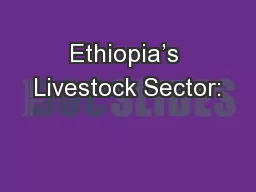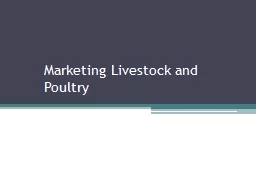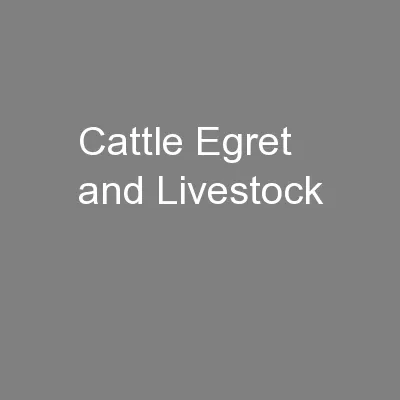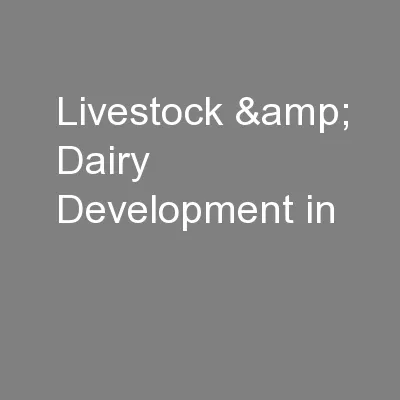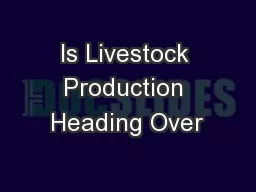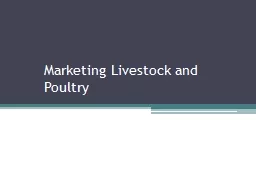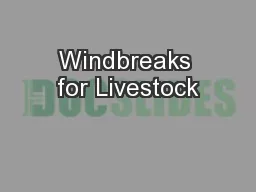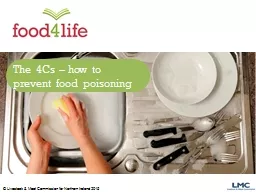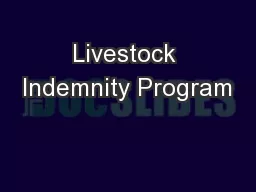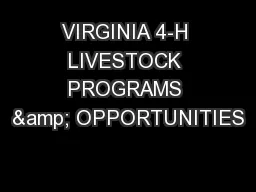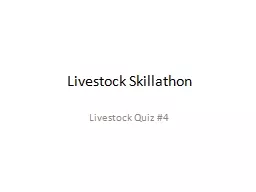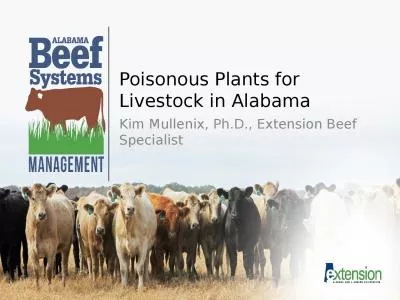PPT-Impacts on the Livestock Sector
Author : trish-goza | Published Date : 2016-06-14
2014 Farm Bill Education Conference Kansas City Missouri September 4 2014 David P Anderson Professor and Extension Economist Overview LFP LIP etc COOL Spillover
Presentation Embed Code
Download Presentation
Download Presentation The PPT/PDF document "Impacts on the Livestock Sector" is the property of its rightful owner. Permission is granted to download and print the materials on this website for personal, non-commercial use only, and to display it on your personal computer provided you do not modify the materials and that you retain all copyright notices contained in the materials. By downloading content from our website, you accept the terms of this agreement.
Impacts on the Livestock Sector: Transcript
Download Rules Of Document
"Impacts on the Livestock Sector"The content belongs to its owner. You may download and print it for personal use, without modification, and keep all copyright notices. By downloading, you agree to these terms.
Related Documents


